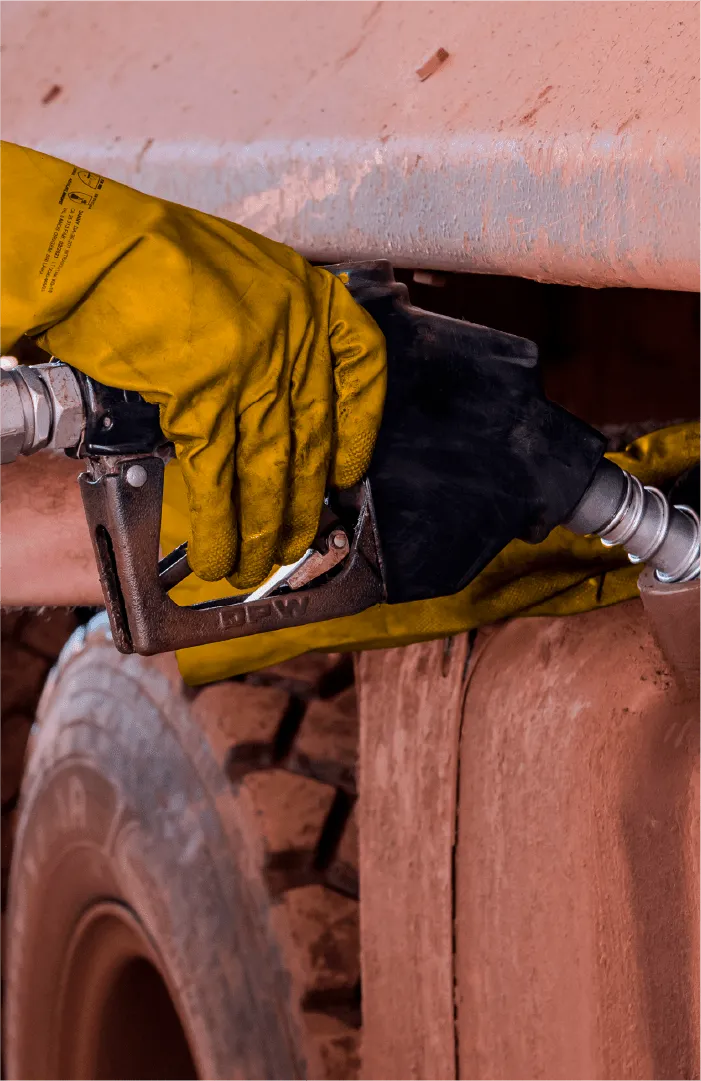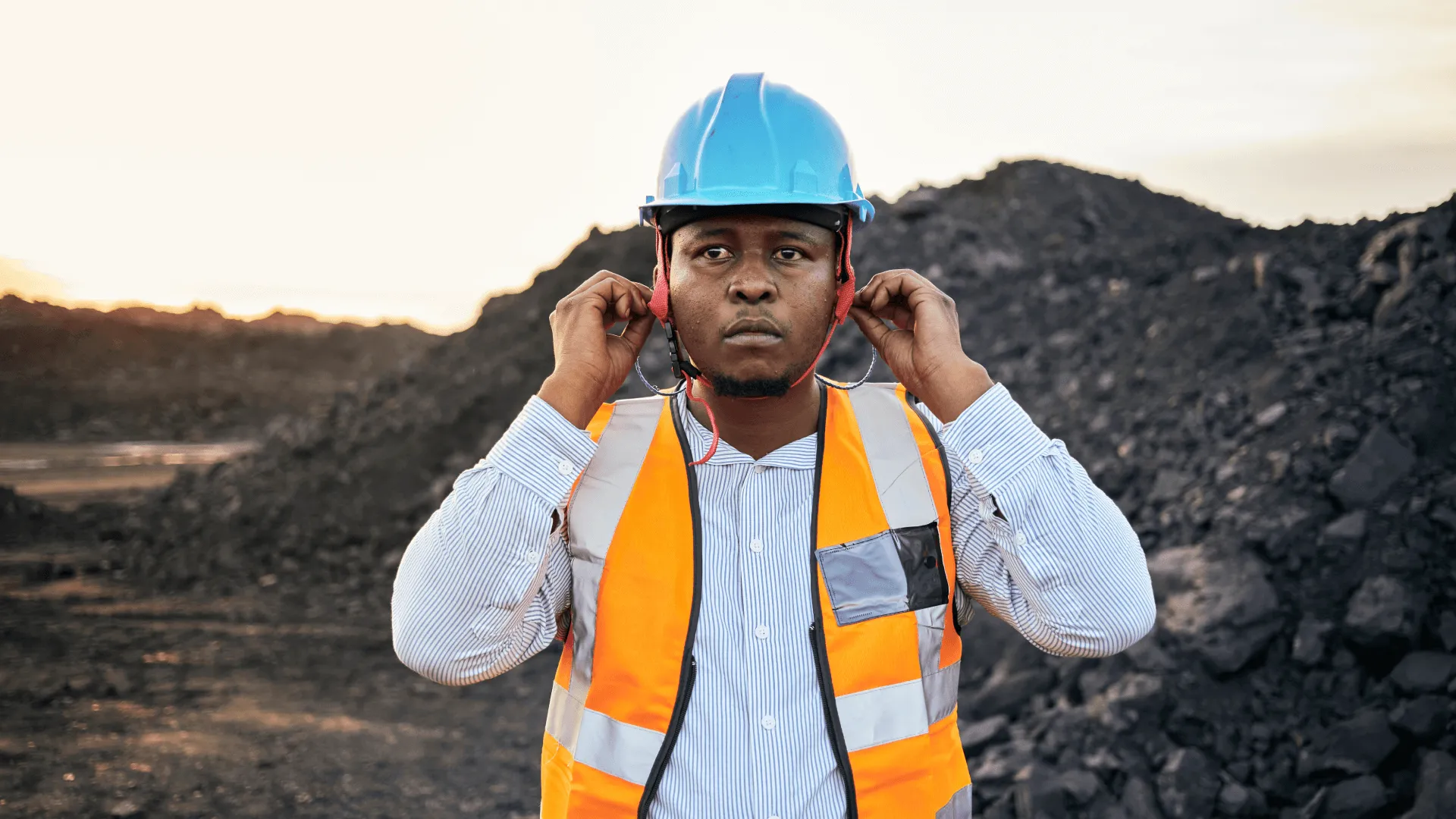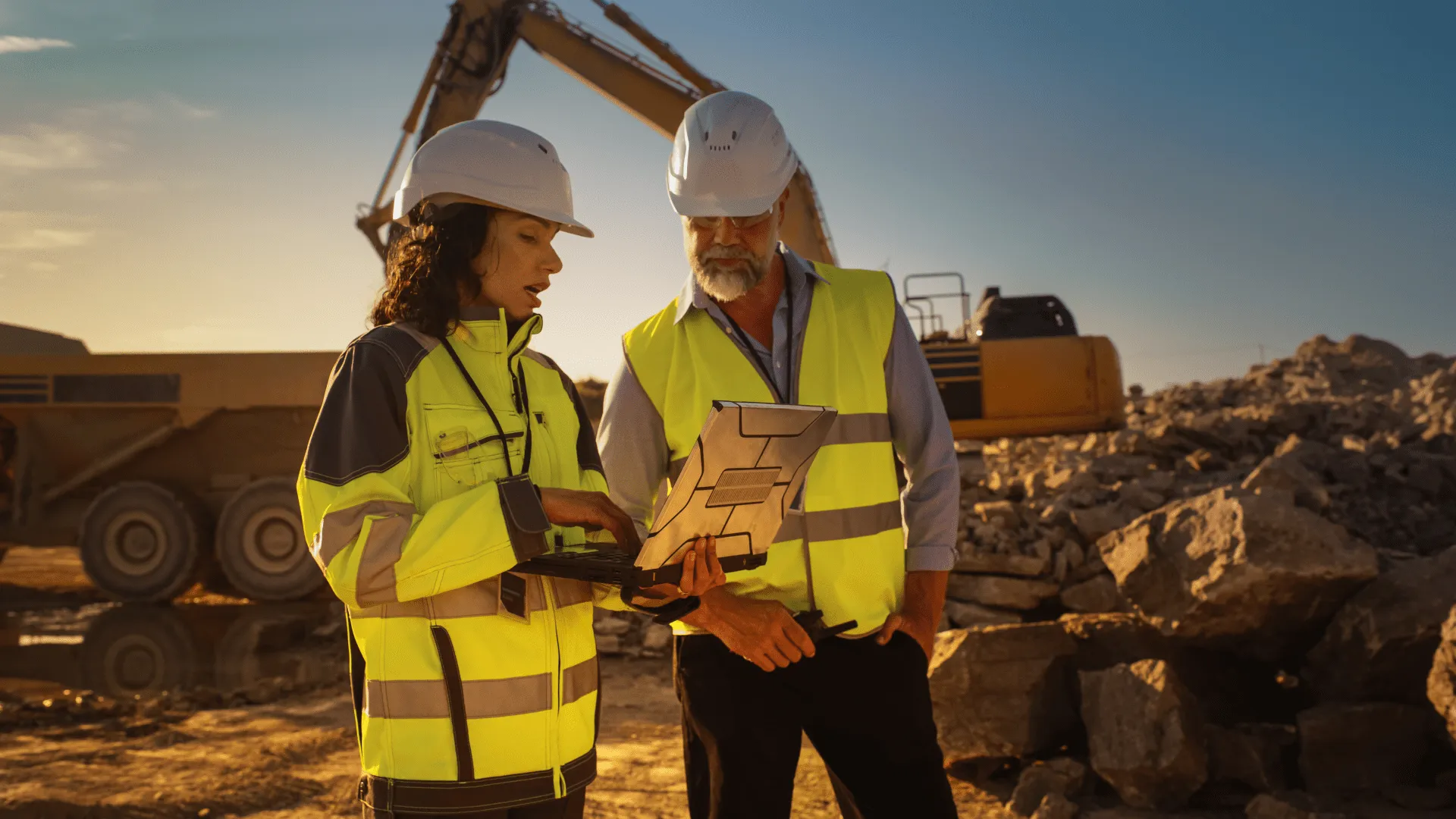Mineral prospecting is a fascinating and crucial process in the exploration of natural resources. Imagine a geologist as a detective, trying to unravel the mysteries hidden in the depths of a given area. The aim is to find and evaluate valuable mineral deposits, a job that requires a combination of scientific knowledge, advanced technology and a certain intuition.
This scenario, which may seem straight out of a fictional movie, is a reality that shapes the mining industry.


SERRA DOS CARAJÁS: A REMARKABLE EXAMPLE
The story of Serra dos Carajás is a striking example of how mineral prospecting can lead to extraordinary discoveries. During a search for new airstrips and campsites for manganese prospecting, geologist Breno Augusto dos Santos received aerial photos that showed clearings in the dense Amazon rainforest.
These clearings indicated rock outcrops that did not allow vegetation to grow. In one of these clearings, Breno identified a crust of iron ore, revealing the largest iron deposit on the planet to date. This accidental discovery of a huge iron deposit changed the mining landscape in Brazil.


THE MINERAL PROSPECTING PROCESS
Sample collection
Prospecting begins with the collection of soil and rock samples on the surface. Geologists travel through remote regions, collecting fragments that may indicate the presence of minerals deeper down. Analysis of these samples reveals crucial information about the chemical and mineralogical composition of the area, helping to identify zones of interest.

Use of advanced technology
Geophysical methods such as magnetometry and electroresistivity are used to “see” below the surface. These techniques make it possible to map variations in the magnetic field or in the electrical resistance of soil and rock, revealing anomalies that may be caused by metallic minerals. Refraction seismic, for example, uses seismic waves to create images of underground structures, similar to a medical ultrasound.

Drilling and analysis
When a promising area has been identified, it’s time to drill. Drilling is a technique for obtaining rock samples at depth. Samples known as core samples are analyzed to understand the geological context of the area. Chemical analysis of these samples determines the concentration of valuable elements using advanced techniques such as mass spectrometry and X-ray fluorescence.

Quality control
The accuracy and reliability of the data collected is essential. Quality control (QC) and quality assurance (QA) involve the use of standard samples to calibrate analytical equipment and detect any contamination.

Three-dimensional geological models
All this work aims to create three-dimensional geological models that visualize the distribution of mineralization in the area studied. These models are indispensable tools for planning mining, development and beneficiation strategies, facilitating the construction of an economic pre-feasibility project.


MINERAL RESOURCES AND RESERVES
Classification of resources and reserves
The classification of mineral resources and reserves provides an accurate estimate of the quantity and quality of minerals in a deposit. This system organizes and categorizes deposits based on geological certainty and the economic viability of mining.
- Mineral resources: include measured, indicated and inferred resources, varying in accuracy and reliability.
- Mineral reserves: divided into probable and proven, reflecting greater confidence and taking into account economic and extraction factors.


BRE-X CASE: A LESSON IN RIGOR AND TRANSPARENCY
The Bre-X Minerals Ltd. scandal in the 1990s, where fraudulent claims of a giant gold deposit were exposed, highlighted the importance of rigorous classification standards to prevent fraud and ensure trust in the minerals sector.


CONCLUSION
Mineral prospecting is a complex process that combines science, technology and intuition to discover and evaluate mineral deposits. From collecting samples to creating geological models, each stage is crucial to ensuring the economic and geological viability of mining projects. The history of Serra dos Carajás and the Bre-X case illustrate the importance and challenges of this practice, reaffirming the need for rigor and transparency in the classification of resources and reserves.
Exploring and understanding the subsoil is a challenging but vital journey for the future of mining. With the right tools and strategies, we can discover new resources and ensure sustainable and efficient mining.
Did you like today’s blogpost? We hope so! Don’t forget to share the content with your colleagues, students or acquaintances. See you soon!





